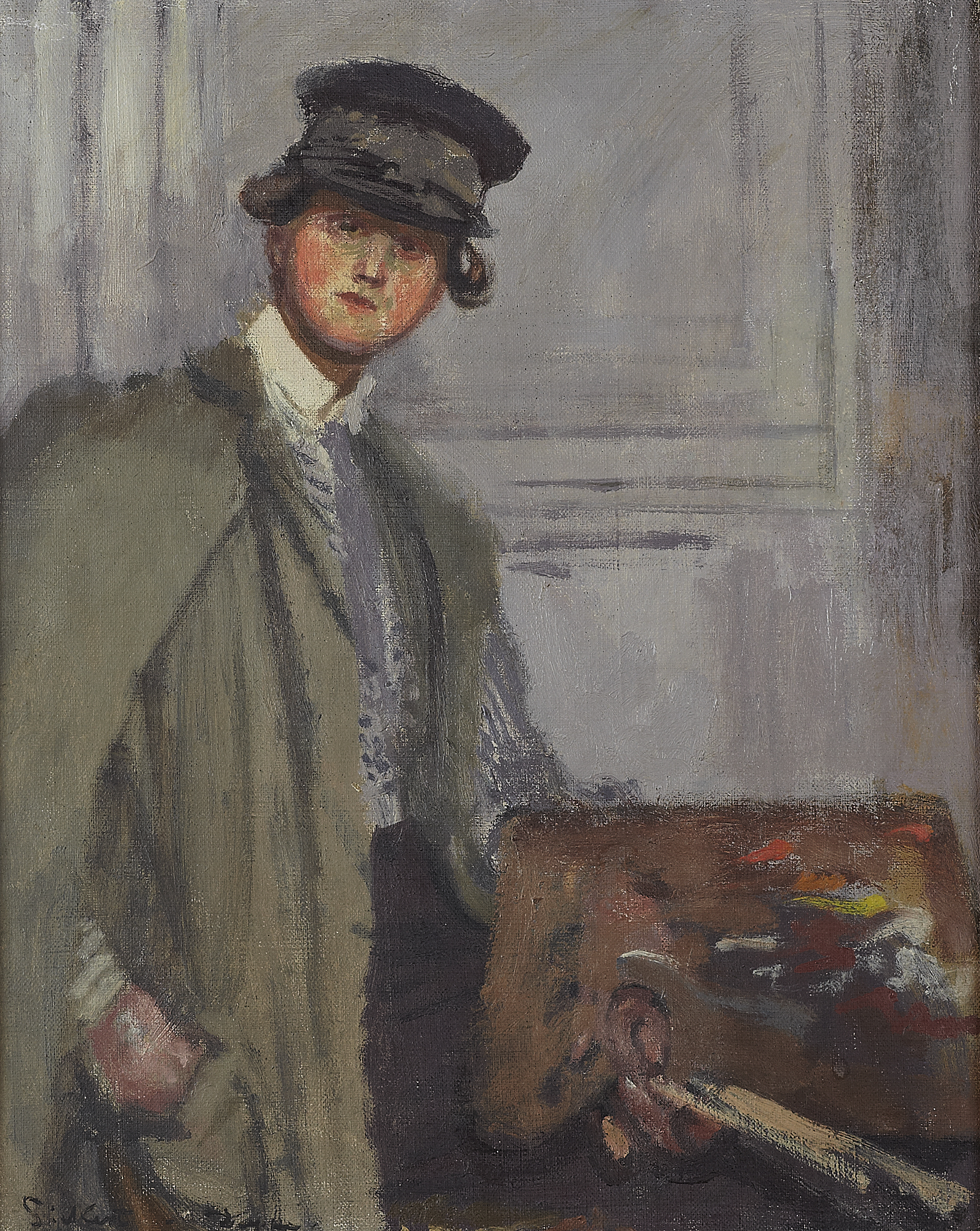WALTER RICHARD SICKERT A.R.A (BRITISH 1860-1942)
PORTRAIT OF AN ARTIST WITH PALETTE
£7,500
Auction: 2 June 2011 at 19:00 BST
Description
Signed and inscribed 'Dieppe', oil on canvas
Dimensions
41cm x 32.5cm (16in x 12.75in)
Footnote
Literature: Wendy Baron, Sickert: Painting and Drawings, New Haven (London: 2006), b/w ill. p.476
Provenance:Philips 23rd November 1993 (19) col repr. With Brandler Galleries, Essex, 1993
Walter Sickert was a prolific artist who played an active role in the artistic life in Britain, both as a painter and as an art teacher. Born in Munich to a German-Danish father and an English mother, he moved to London with his family in 1851 and pursued a brief career in acting before enrolling in the Slade School of Art and entering the studio of Whistler, becoming his assistant.
Portrait of an Artist is listed in Dr Wendy Baron’s catalogue raissonnée of Sickert’s work under no. 551 and she speculates that this canvas is likely to date from 1920-1922. Sickert was living just outside Dieppe with his second wife, Christine, but she died from tuberculosis in October 1920. Sickert was distraught and many friends, fellow artists and former students flocked to lend their sympathy and help. Baron suspects that the sitter of this portrait is likely to be one of the female artists, some of them former students, who visited Sickert during this time.
One colleague and life-long friend, Sylvia Gosse, was already living close to Dieppe, in a house in Envermeu in the early 1920s. In fact, she looked after Christine Sickert in her last months and became housekeeper for Sickert after his wife’s death. Gosse had studied under Sickert in London and partnered him in running the Westminster Technical Institute in London. A portrait of hers, offered in these rooms in June 2010, has now been revealed to be a selfportrait and features a hat very similar indeed to the one in this canvas. Whilst Baron judges the lack of detail in the face and ‘disingenuous expression and staring eyes’ as making it impossible to confirm the identity of the sitter in the present work, it is certainly possible that this is indeed a depiction of Sickert’s loyal friend and fellow artist Gosse.

